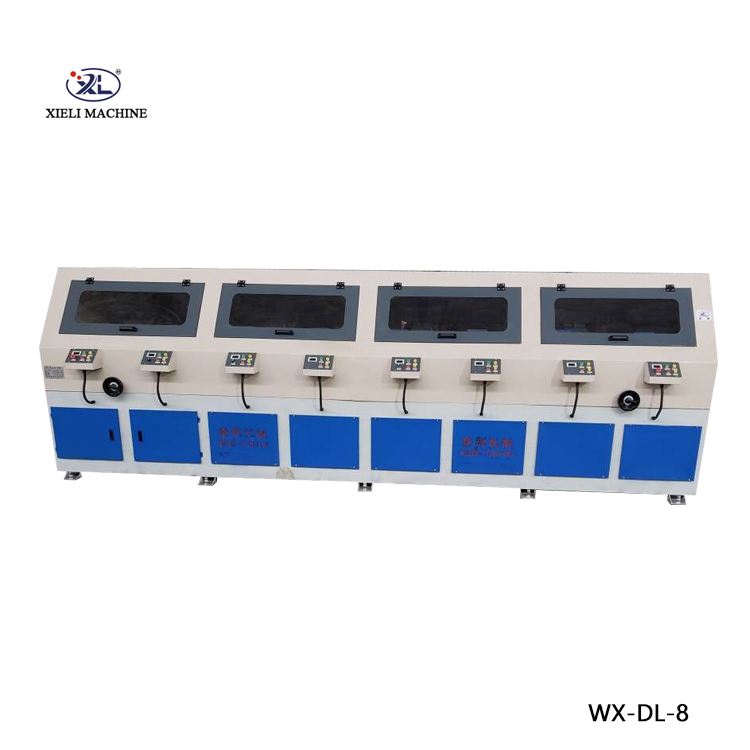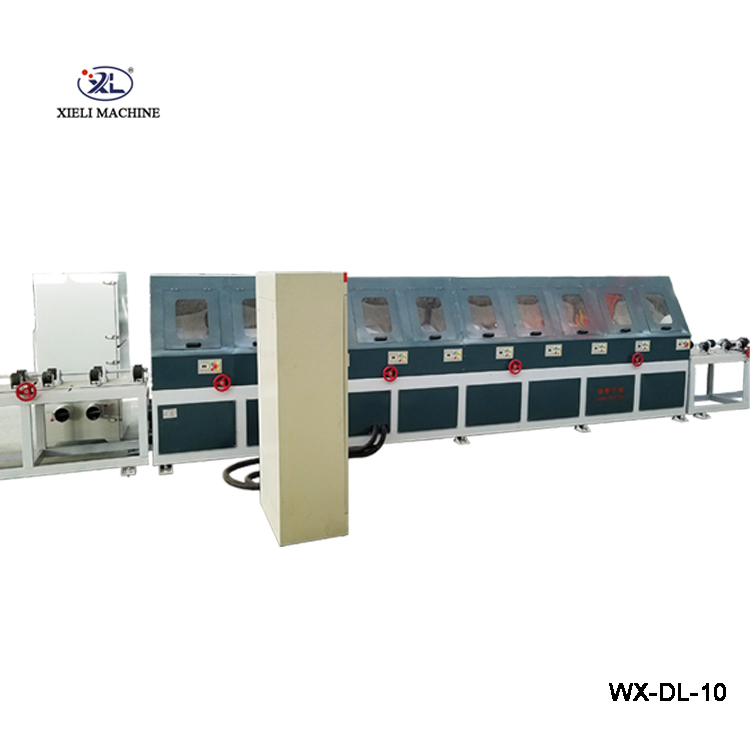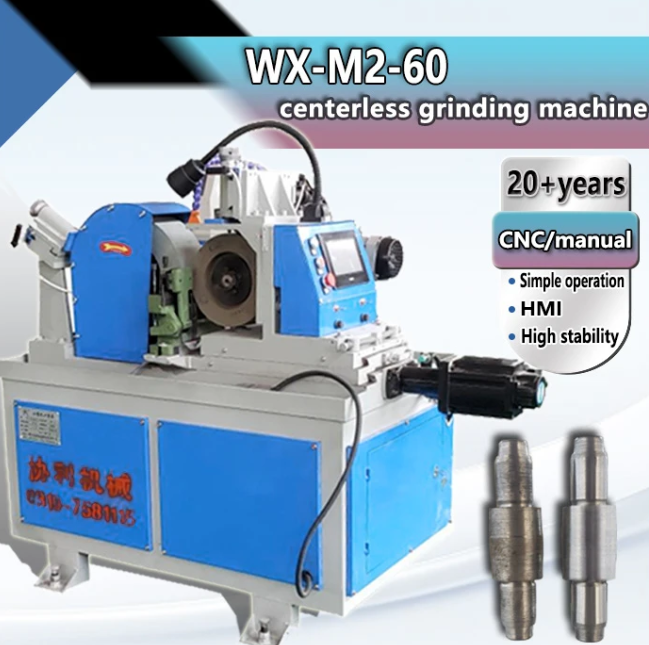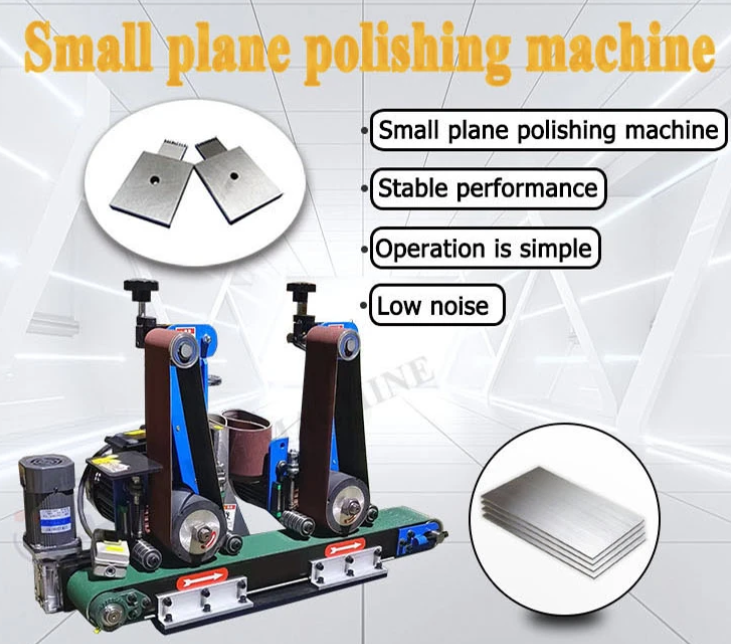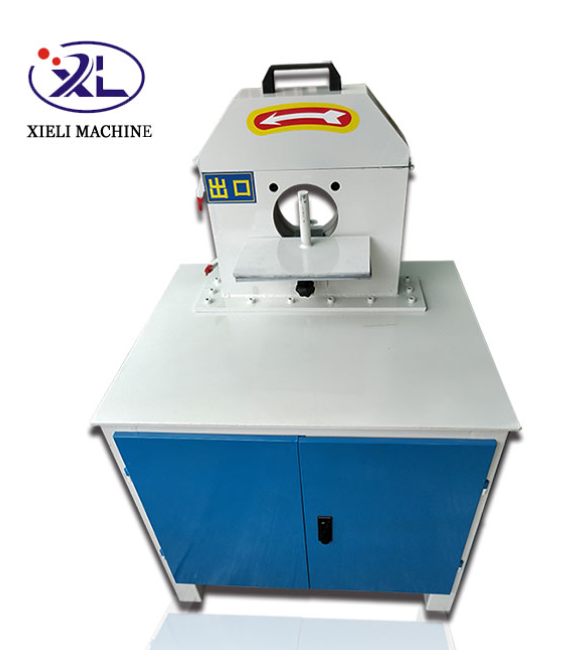Understanding Ovality in Centerless Grinding
Centerless grinding is a precision machining process employed to shape various metal parts using a unique setup that does not require the part to be held in a chuck or fixture. Instead, the workpiece is subjected to a rotating grinding wheel and a regulating wheel, which allows for high efficiency and accurate material removal. However, one of the challenges that arise in this process is the phenomenon termed ovality. Ovality refers to the condition in which a part deviates from being a perfect circle, manifesting as an elongated or oval cross-section.
The Causes of Ovality in Centerless Grinding
Ovality can occur due to several factors, primarily related to the grinding parameters and machine setup. One of the most predominant causes is improper alignment of the grinding wheels. If the grinding wheel and the regulating wheel are not aligned correctly, uneven forces can be applied to the workpiece, causing it to rotate unevenly. Moreover, fluctuations in feed rates or inconsistent grinding wheel wear can further contribute to this issue.
Other contributing factors include variations in the material properties of the workpiece, such as hardness and ductility, which can vary across its length. Additionally, temperature fluctuations during the grinding process may lead to thermal expansion, causing the workpiece to distort momentarily, potentially resulting in ovality.
How to Mitigate Ovality
To reduce or eliminate ovality in centerless grinding applications, manufacturers can adopt several strategies
1. Regular Maintenance and Calibration Ensuring that the grinding and regulating wheels are properly maintained and calibrated is paramount. Regular checks on alignment can prevent discrepancies that lead to ovality.
ovality in centerless grinder products
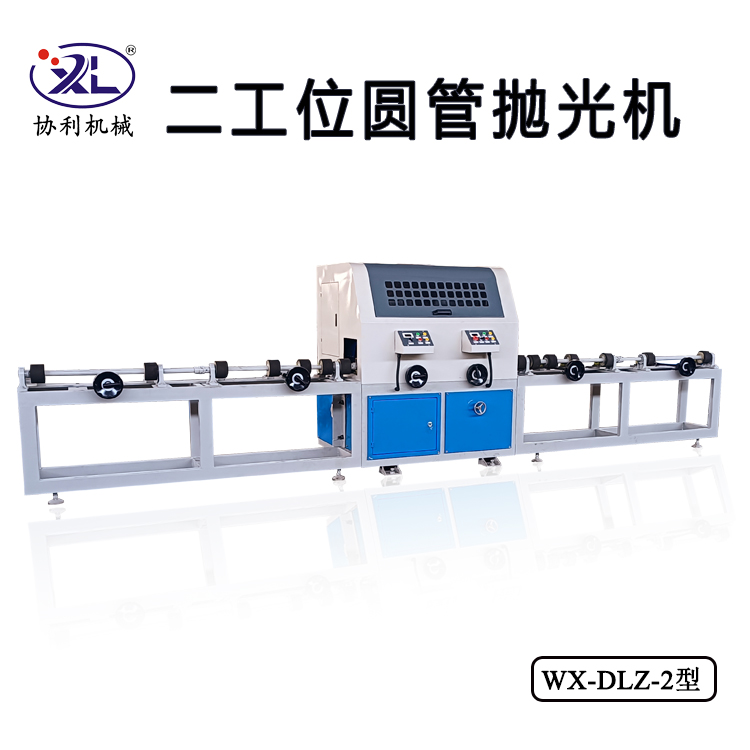
2. Consistent Feed Rates Maintaining a steady feed rate during grinding can reduce variations in the applied force, which in turn minimizes the likelihood of creating an oval-shaped workpiece.
3. Quality Control Measures Implementing strict quality control measures during the manufacturing process helps identify ovality early. Techniques such as using optical measuring systems or laser scanning can provide real-time feedback on the geometric accuracy of the parts being produced.
4. Use of Advanced Technologies The advent of advanced technologies, such as CNC (Computer Numerical Control) systems, allows for more precise control over grinding parameters, reducing human error and enhancing consistency in the machining process.
5. Material Selection Choosing the right material for the workpiece, one that has uniform properties throughout its length, can significantly decrease the chances of developing ovality during grinding.
Importance of Addressing Ovality
Addressing ovality in centerless grinding is not merely an academic concern; it has profound implications for the performance and reliability of the final products. Parts that exhibit ovality may not fit correctly in assemblies, leading to mechanical malfunctions or excessive wear over time. In industries such as automotive, aerospace, and medical devices, where precision is paramount, even minor deviations can result in severe financial and safety repercussions.
In conclusion, while ovality can present challenges in the centerless grinding process, by understanding the underlying causes and implementing effective strategies, manufacturers can maintain high standards of precision and quality in their products. The continuous improvement of grinding techniques, coupled with careful monitoring and control, serves as the key to achieving the desired geometrical perfection in machined components, ensuring their functionality and longevity in various applications.

